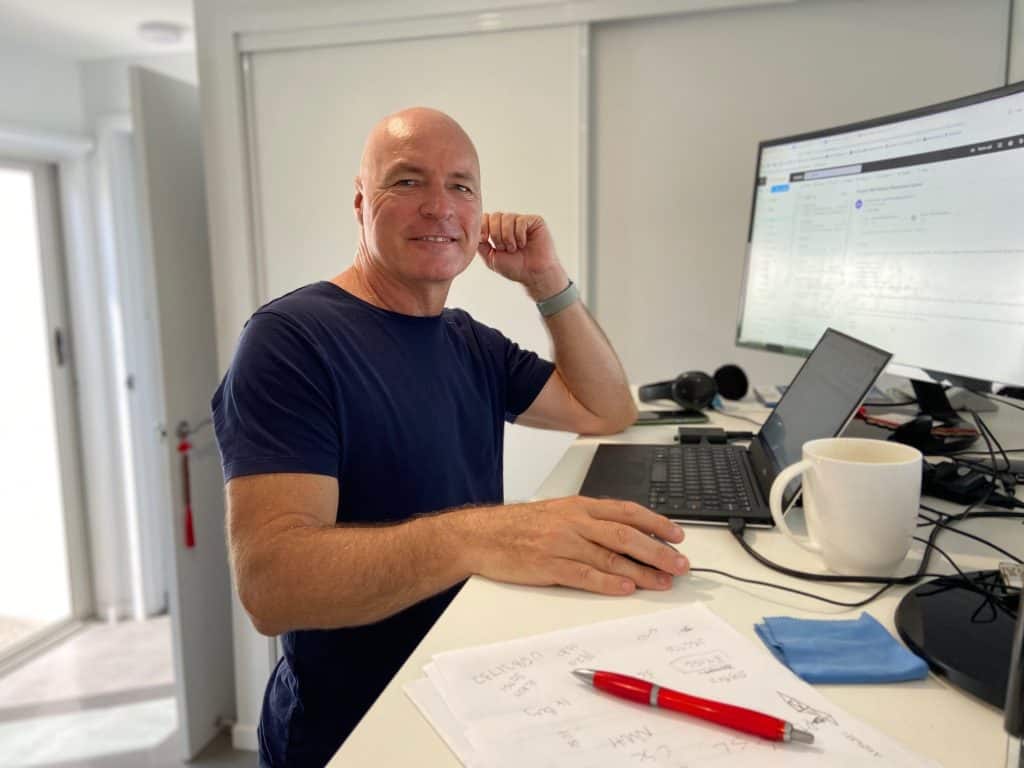
Selecting The Right Broker
For many traders and investors, selecting a broker may not be given a great deal of thought. Retail traders tend to select a broker that is attached to their banking facility, or a well known brand name.
However, there are quite a few considerations that should be taken into account.
Instruments on Offer:
Not only do some brokers not offer certain products, sometimes the offerings are not the best choice.
Trading equities via a CFD provider will attract overnight funding costs if the position is held for an extended period of time. At current interest rates, this equates to 4.4% pa, which is a decent amount of drag. An administration fee may also apply.
However, if you wish to trade specific indices, then one would need to use a CFD provider, or futures broker. Futures brokers only deal in exchange listed standardised futures, which may limit accessibility to certain retail clients.
If you wish to hedge a stock portfolio using CFDs or futures, then ideally you would need a broker that can facilitate both in the same account.
Commission:
Some brokers charge higher rates of commission simply because they’re ‘deemed’ to having a higher or safer profile.
Well known brand brokers tend to not only charge higher commissions, but also charge for some order types, such as stop losses, that other brokers will not.
The average buy and hold investor may not take issue with paying more but an active trader should. Commission drag is an expense that, usually, can be better managed by shopping around.
Many Fintech brokers now offer flat fee based pricing, and others offer $0 commission. The $0 commission trend comes on back of four big US brokerage houses – Charles Schwab, Fidelity Investments, E*TRADE, and TD Ameritrade, that dumped commissions in late 2019. One of the Brokers we use is Australian based SelfWealth. They have a flat $9.50 commission fee. Using the following affiliate link you can get access to 10 free trades.
However, be aware that $0 commission does not mean $0 fee. You will pay indirectly.
Order Facilitation:
If your strategy requires specific order types then ensure your broker offers it and, if applicable, check any fees associated with it.
For example, OTC CFD brokers are not members of the ASX and therefore cannot offer access to the opening or closing auctions. If your strategy relies on these auctions then you will have disparity between simulated results and real time results or you will need to use a DMA CFD broker.
Some brokers only allow contingent or ‘attached’ orders to be manually placed only when the first leg has been executed. This opens an extra level of market scrutiny, potential window of risk and additional workload. The more human intervention you can remove from the trading process, the better.
Security and Access:
Apart from protection of funds it’s imperative that there is suitable account access security.
For example, some brokers have a multi level approach to account security. First, a username and password combination is entered. This generates a random code which is then input into a phone/tablet app. The app confirms the password and asks for a fingerprint or additional password confirmation. If correct, access will be granted to the trading platform.
Many retail brokers use only a username and password that can be saved in the browser. Their level of security is simply an on-screen message detailing your last login.
Technology Integration:
Most Australian brokers have little or no 3rd party technology integration capabilities, such as data plugins, DDE or API connectivity. If your strategy requires real time monitoring or large order upload facilitation, then a broker with appropriate API technology will be needed.
Reporting:
Most main stream brokers offer basic reporting such as transactions and cash movements. In certain circumstances these are very limited in scope. More advanced brokers offer significant levels of reporting, including API extraction and delivery.
As can be seen, careful broker selection and scrutiny is needed. Historically, brokerage accounts tend to be ‘sticky’ meaning once the account is setup, the user tends to stay there even if there are benefits of going elsewhere.
Personally, Trish and I have four brokerage accounts spread across two different entities. This helps diversify some risk as well as enabling access to the services we require to run our strategies.


